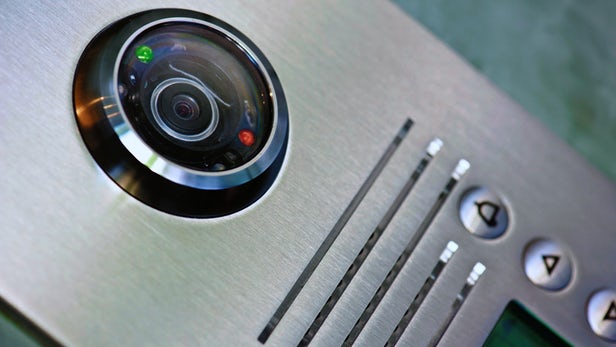Have you considered switching to a smart home, but you have some reservations about it? Perhaps you are worried about security, or you think it will be too expensive. Maybe you’re worried that smart homes are just a fad and that you’ll be stuck with the equivalent of a pile of laser discs, or maybe you are worried that you’ll need to constantly update your technology to keep it working optimally. There are a number of myths and misconceptions about smart homes, and while making the switch may not be right for everyone, it’s best to have all the facts before you make a decision.
Security
If someone can hack into your computer, could they hack into your home? Losing control of some smart devices might be largely just annoying, but could they disable smart locks or endanger you in other ways? The important thing to remember is that this is all about going with a reputable installer and taking all necessary security measures. The technology used in smart homes is encrypted, and it’s crucial to the companies that create and install smart platforms and devices that they are not vulnerable to hackers. After all, it is their reputation on the line. Doing research and finding out which companies are considered most reliable can help put you at ease.
Cost
Like any other home remodel, you can choose what you spend on your smart home and do upgrades over time. You might want to start with just smart locks or thermostats, or perhaps you’ll want the novelty of a refrigerator that will provide you with an image of what’s inside so you can see if you need more mayonnaise or milk even if you’re not at home. In addition, certain types of smart technology can save you money on utilities over the long run. You can look into low interest loans to pay for some of these upgrades. Do some research online, and you can get matched with loan options in a minute or less.
Time
It seems unlikely that smart homes are a fad, any more than the internet or smart phones are. We are increasingly accustomed to the ways in which technology makes our lives easier, and it’s hard to go backwards from that. The best systems are also future-proof, meaning that they are created with an eye to add-ons, upgrades and other improvements that are anticipated in the future. If you build or purchase a smart home instead of renovating your existing one, you’ll probably find this commitment to future-proofing built into the actual structure.
Difficulty
If you have trouble remembering which remote control to use for multiple media devices, you might worry that you’ll have the same problem trying to control your lights, thermostat and door locks. However, smart technology tends to be designed to be as easy to operate as possible. Much of it is voice-activated, and what isn’t can usually be controlled by the touch of a button. Some is automatic as well, with devices making adjustments based on the time of day or temperature. As with future-proofing, choosing the right platform is key, and you should discuss your concerns with the company that does the work on your home.


